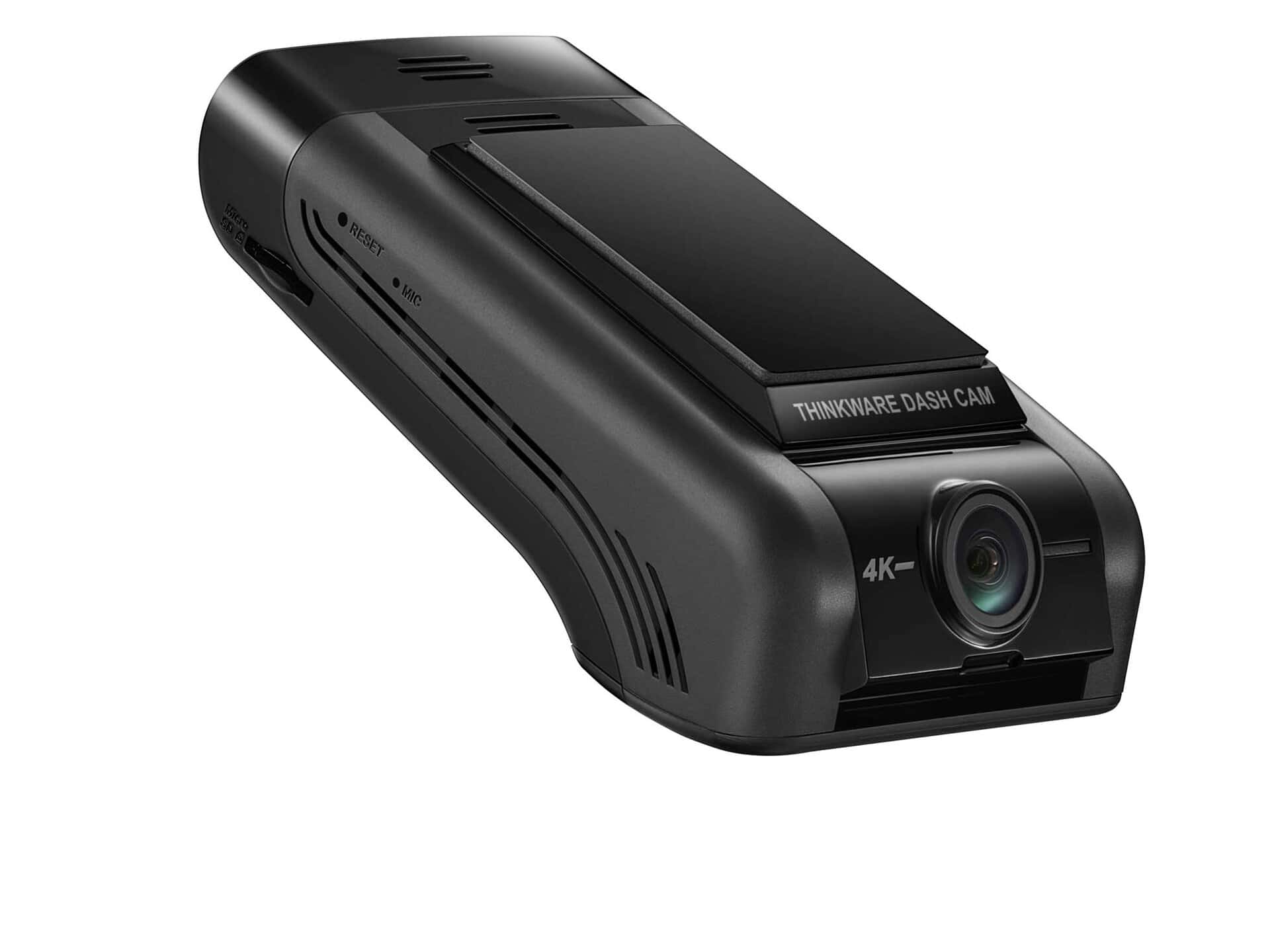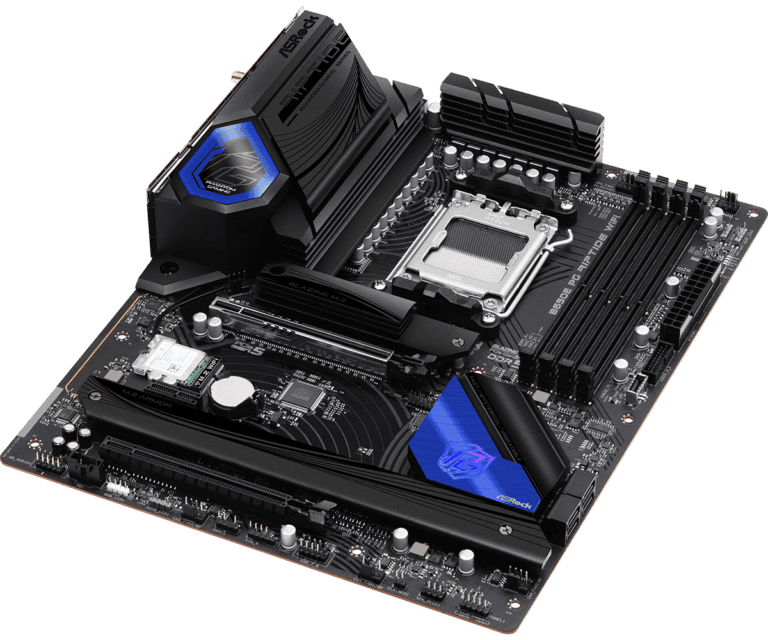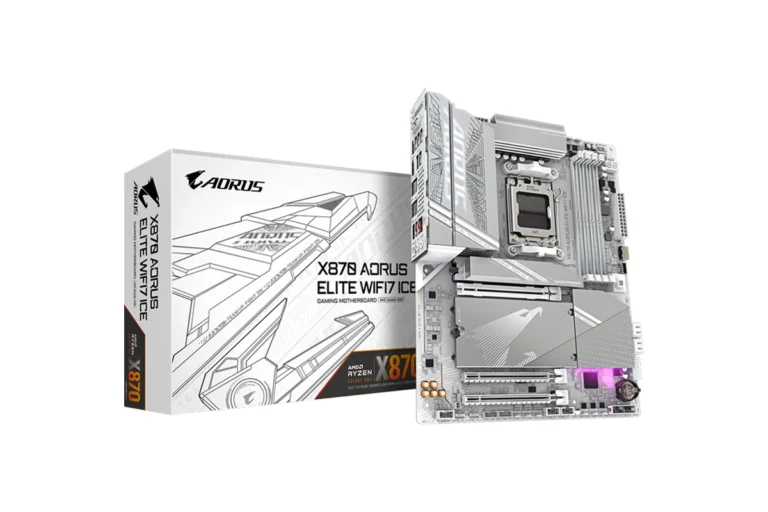
The Thinkware U1000 dashcam offers top-notch features but can sometimes face issues. You can solve most Thinkware U1000 problems by resetting the device, updating firmware, or checking connections. These simple steps often fix common glitches like recording failures or connectivity problems.
Dashcams protect you on the road. They capture crucial footage in accidents and deter theft. The U1000 stands out with its 4K video quality and advanced driver assistance systems. But like any tech, it may need troubleshooting now and then.
This guide walks you through key U1000 fixes. You’ll learn how to tackle recording issues, Wi-Fi connection troubles, and more. We’ll cover easy solutions you can try at home before seeking expert help.
| Common U1000 Issues | Quick Fixes |
|---|---|
| Not recording | Format SD card |
| Wi-Fi won’t connect | Reset device |
| Poor video quality | Clean lens |
| Device freezes | Update firmware |
Thinkware U1000 Troubleshooting: Quick Fixes for Common Issues
1. Power Problems: When Your Dash Cam Won’t Turn On
Common Symptoms:
- U1000 not powering on at all
- Power cuts out intermittently while driving
- Device stuck in a reboot loop
Quick Fixes:
First, check that your power cable is securely connected—both to the dash cam and to the power source. If you’re using the 12V socket, ensure it’s providing enough current. Many users report issues when using third-party hardwiring kits or power cables that aren’t rated for dash cams. If you’re experiencing reboot loops, a corrupted or incompatible microSD card is often the culprit. Try removing the card and powering the device on without it. If that works, reformat the card using the camera’s built-in format option or swap it with a high-endurance UHS-I U3 card.
2. Memory Card Errors: Preventing Data Loss & Card Corruption
Common Symptoms:
- Frequent memory card error messages
- Camera refuses to record or save footage
- Device freezes or crashes randomly
Quick Fixes:
The U1000 is demanding when it comes to memory cards. It’s built to record 4K footage and run in Parking Mode for hours—so cheap, low-end cards just won’t cut it. Use a high-endurance card that’s at least 64GB, preferably from the list of Thinkware-recommended models. You should also format the card regularly, ideally once every 2–4 weeks, to maintain stability. You can do this via the mobile app or directly through the device settings. If you’re getting frequent errors even with a recommended card, it’s likely time for a replacement.
3. Wi-Fi and App Connectivity Issues
Common Symptoms:
- Smartphone can’t connect to the U1000’s Wi-Fi
- Live view or video downloads not working
- Connection drops when switching between modes
Quick Fixes:
Start by ensuring Wi-Fi is turned on from the dash cam settings. The U1000 creates its own Wi-Fi hotspot, and your phone needs to connect to that specific SSID, not your home Wi-Fi. If your phone is trying to switch back to your home or mobile network, disable “auto-connect” for those temporarily. Restart both the dash cam and your phone if you still can’t connect. If you’re on iOS, make sure local network access is granted to the Thinkware Cloud app in your settings. For Android users, location permissions may also be required for Wi-Fi discovery. Lastly, avoid using a VPN or data saver while connected to the dash cam.
4. Parking Mode Not Recording or Activating Properly
Common Symptoms:
- Dash cam doesn’t switch to Parking Mode
- Footage missing after leaving the vehicle parked
- Sensitivity too high or too low
Quick Fixes:
The most common cause of Parking Mode issues is improper installation of the hardwiring kit. The U1000 needs to detect the ignition signal to switch between Driving and Parking Modes. Make sure the yellow (battery), red (ACC), and black (ground) wires are connected correctly. If the device never enters Parking Mode, it’s likely not detecting the ignition state. If it’s not recording events while parked, check your motion and impact sensitivity settings in the app—these might need fine-tuning based on your environment. Also, Parking Mode won’t work correctly if the internal battery is depleted or if the power source is unstable.
5. GPS and Speed Data Not Displaying
Common Symptoms:
- No GPS lock even in open areas
- Driving speed and location not visible in playback
Quick Fixes:
The U1000 has a built-in GPS antenna, but it can take a few minutes to establish a connection, especially on first boot or after a firmware update. Make sure the device has a clear view of the sky—windshield tinting with metallic layers can interfere with GPS signals. If you’re not seeing GPS data during playback, make sure the feature is enabled in the settings. Also, ensure that the GPS module hasn’t been physically disconnected or disabled via a setting toggle.
6. Firmware Issues and Performance Glitches
Why Firmware Matters:
Thinkware frequently updates its firmware to fix bugs, improve video quality, and patch Wi-Fi or GPS inconsistencies. Older firmware is one of the most overlooked reasons for random crashes, missed recordings, and laggy app performance.
How to Fix It:
Head to the settings in the Thinkware Cloud app and check for updates. You can also download firmware manually from the official website and install it via the SD card. Make sure to follow the instructions closely—interrupted updates can brick your device. After updating, always reset your settings and reformat your SD card for a fresh start.
7. Audio and Microphone Issues
Common Symptoms:
- No sound in recordings
- Microphone seems muted even when enabled
Quick Fixes:
Check the dash cam settings to ensure the mic is turned on. There’s also a dedicated button on the device to toggle audio recording—press it to make sure it’s enabled. If the sound still isn’t coming through, try a factory reset. Firmware glitches can sometimes disable features even when they appear to be on. For the best clarity, avoid placing the U1000 too close to vents or surfaces that vibrate heavily while driving.
8. Resetting the U1000 to Factory Defaults
If you’ve tried all other fixes and things are still acting up, a factory reset may be the best path forward. This will wipe all settings and restore the dash cam to its original state.
Steps:
- Turn off the dash cam and remove the memory card.
- Hold the Wi-Fi button while powering on the device.
- Continue holding the button until the reset process begins.
After the reset, reinsert the SD card, reconfigure the settings from scratch, and re-pair your mobile app. You should also update to the latest firmware after the reset for best performance.
Bonus Tips to Maximize Performance
- Use a dedicated power bank or battery pack if you’re relying heavily on Parking Mode.
- Keep the dash cam out of direct sunlight—excessive heat can cause hardware throttling or SD card failures.
- Set reminders to format your SD card monthly and check for firmware updates quarterly.
- Back up your important footage regularly—dash cams overwrite old footage automatically when storage fills up.
By staying on top of firmware updates, using the right memory card, and watching for early signs of trouble, you’ll keep your Thinkware U1000 running at peak performance. When things do go wrong, most problems can be fixed in a matter of minutes with the right steps.
Initial Setup and Installation
Proper installation of the Thinkware U1000 dash cam is crucial for optimal performance and longevity. The process involves selecting an ideal mounting spot, connecting power cables, and setting up storage options.
Choosing the Installation Location
Pick a spot on your windshield that doesn’t block your view. The best location is usually behind the rearview mirror. This area provides a clear view of the road and keeps the camera out of your line of sight.
Make sure the chosen spot allows easy access to the camera controls. Clean the windshield thoroughly before mounting.
For the rear camera, select a location on the back window that captures the view behind your vehicle. Avoid areas with defroster lines or tinted sections that may interfere with video quality.
Connecting the Power Cable and Hardwiring Cable
The U1000 can be powered through the cigarette lighter port or hardwired to your vehicle’s fuse box.
For cigarette lighter installation:
- Plug the power cable into the camera
- Route the cable along the windshield and A-pillar
- Connect to the cigarette lighter port
For hardwiring:
- Locate a constant (always on) fuse and an accessory (ignition-switched) fuse in your vehicle’s fuse box
- Connect the hardwiring cable to these fuses using the provided fuse taps
- Ground the cable to a metal part of the vehicle’s frame
- Route the cable to the dash cam and plug it in
Hardwiring enables parking mode recording when your vehicle is off.
Mounting the Front and Rear Cameras
To mount the front camera:
- Peel off the protective film from the mount’s adhesive
- Press the mount firmly against the windshield for 30 seconds
- Attach the camera to the mount and adjust the angle
For the rear camera:
- Clean the inside of the rear window
- Remove the adhesive backing from the mount
- Press the mount firmly on the window for 30 seconds
- Connect the rear camera cable and route it to the front camera
Ensure both cameras are level and have an unobstructed view.
SD Card and Memory Management
The U1000 uses a microSD card for storage. Follow these steps:
- Insert the provided microSD card into the camera’s card slot
- Format the card using the camera’s menu or Thinkware mobile app
- Set up loop recording to automatically overwrite old footage
| Storage Capacity | Recording Time (Front + Rear) |
|---|---|
| 32GB | Approx. 2 hours |
| 64GB | Approx. 4 hours |
| 128GB | Approx. 8 hours |
Regularly back up important footage to your computer or the Thinkware Cloud to prevent loss of critical videos.
System Configuration and Settings
The Thinkware U1000 offers various configuration options to enhance its functionality. These settings allow you to customize Wi-Fi connections, GPS features, safety systems, and recording preferences.
Wi-Fi and Hotspot Connection
The U1000 dash cam supports Wi-Fi connectivity for easy file transfer and remote control. To set up Wi-Fi:
- Access the dash cam settings menu
- Select “Wi-Fi Settings”
- Choose “Enable Wi-Fi”
- Connect your smartphone to the dash cam’s network
For hotspot connection:
- Enable your phone’s mobile hotspot
- On the dash cam, go to “Wi-Fi Settings”
- Select “Connect to Mobile Hotspot”
- Choose your phone’s network and enter the password
This allows you to use Thinkware Cloud services and receive real-time notifications.
GPS and Thinkware Cloud Setup
GPS functionality provides accurate location data and speed information. To activate GPS:
- Ensure the external GPS antenna is connected
- Go to “System Settings” in the dash cam menu
- Select “GPS” and toggle it on
For Thinkware Cloud setup:
- Download the Thinkware Cloud app on your smartphone
- Create an account and log in
- Connect your dash cam to the app via Wi-Fi
- Follow the in-app prompts to link your device
The cloud service enables remote live view and location tracking of your vehicle.
Safety and Driver Assistance System Setup
The U1000 includes advanced driver assistance systems (ADAS) to enhance road safety. To configure these features:
- Access “Safety Settings” in the dash cam menu
- Enable desired features:
- Lane Departure Warning
- Forward Collision Warning
- Urban Forward Collision Warning
- Front Vehicle Departure Warning
Adjust sensitivity levels for each feature to match your preferences. Ensure your dash cam is properly aligned for accurate ADAS functionality.
Configuring Recording Settings
Customize recording settings to optimize storage and capture quality:
| Setting | Options |
|---|---|
| Continuous Recording | On/Off |
| Sensitivity | Low/Medium/High |
| Night Vision | On/Off |
| Parking Mode | On/Off |
To adjust video quality:
- Go to “Recording Settings”
- Select “Resolution”
- Choose from available options (4K UHD, 2K QHD, Full HD)
For parking mode configuration:
- Enable “Parking Mode” in settings
- Set motion detection sensitivity
- Choose between “Time Lapse” or “Energy Saving” mode
These settings help you balance video quality with storage capacity and power consumption.
Troubleshooting Common Issues
The Thinkware U1000 dash cam may encounter various issues during operation. Understanding how to address these problems can help maintain optimal performance and extend the device’s lifespan.
Addressing Power and Battery Concerns
Check the power cable connection if your U1000 won’t turn on. Ensure it’s firmly plugged into both the camera and your vehicle’s power outlet. If using a hardwiring kit, verify the fuse connections.
Test the camera with a different power source to rule out a faulty cable. The U1000 doesn’t have an internal battery, so it needs constant power.
For frequent power-offs, inspect your vehicle’s battery voltage. Low voltage can trigger the dash cam’s safety shutdown. Consider a voltage protection device to prevent this.
Clean the power port on the camera and cable ends. Dirt buildup can cause poor connections.
Resolving Connectivity Issues
Wi-Fi problems are common with the U1000. If you can’t connect, try resetting the camera’s Wi-Fi settings. Hold the Wi-Fi button for 5 seconds until you hear “Resetting Wi-Fi”.
Update the firmware on both the camera and your smartphone app. Outdated software can cause connectivity issues.
Ensure your phone’s Wi-Fi is on and you’re within range of the camera. The U1000’s Wi-Fi range is limited to about 10 meters.
If GPS isn’t working, check for obstructions on your windshield. Metal coatings or heated windshields can block GPS signals.
Move the camera away from other electronic devices to reduce interference.
Enhancing Video and Image Quality
Poor video quality often stems from a dirty lens. Clean it gently with a microfiber cloth.
Adjust the camera angle to capture the best view. The lens should point slightly downward to reduce glare.
Check your video settings. Higher resolutions like 4K use more storage but offer better detail.
In low light, enable the Super Night Vision feature for clearer nighttime footage.
If videos appear blurry or overexposed, adjust the EV (Exposure Value) settings in the Thinkware app.
Memory and Storage Errors
Format your microSD card regularly through the camera menu. This prevents file system errors.
Use only high-endurance, class 10 or higher microSD cards designed for dash cams. Cheap cards can cause recording issues.
If the camera says “Please check SD card”, try reinserting the card. If problems persist, format it or try a new card.
Enable loop recording to automatically overwrite old files when the card is full.
Regularly back up important footage to prevent data loss.
System Resets and Factory Default Restores
For persistent issues, try a system reset. Press the reset button with a paperclip. This restarts the camera without erasing settings.
If problems continue, perform a factory reset. Go to Settings > System > Reset Settings. This erases all custom settings.
After a factory reset, update the firmware to the latest version. This can resolve many software-related issues.
| Issue | Quick Fix |
|---|---|
| No power | Check cable connections |
| Wi-Fi won’t connect | Reset Wi-Fi settings |
| Poor video quality | Clean lens, adjust angle |
| SD card errors | Format card, check compatibility |
| Persistent problems | Perform factory reset |
Maintaining and Updating Your Dashcam
Keeping your Thinkware U1000 dashcam in top shape requires regular updates and maintenance. Proper care ensures optimal performance and longevity of your device.
Performing Firmware Updates
Firmware updates enhance your U1000’s functionality and fix potential issues. To update:
- Download the latest firmware for your U1000 model.
- Format your MicroSD card in your computer.
- Copy the firmware files to the MicroSD card.
- Insert the card into your dashcam and power it on.
- Wait for the update to complete.
Your dashcam will announce “Upgrade is now complete, continuous recording will now start” when finished.
Regular updates improve features like Super Night Vision and mobile viewer compatibility.
Regular Maintenance Tips
To keep your U1000 running smoothly:
- Clean the lens monthly with a soft, lint-free cloth.
- Check cable connections regularly for loose fits.
- Inspect the mounting bracket for stability.
- Format your MicroSD card every 2-3 months.
Table: Maintenance Schedule
| Task | Frequency |
|---|---|
| Lens cleaning | Monthly |
| Cable check | Bi-monthly |
| Bracket inspection | Quarterly |
| MicroSD format | Every 2-3 months |
These simple steps prevent common issues and extend your dashcam’s lifespan.
Accessing and Utilizing Support Resources
Thinkware offers various support options for U1000 users:
- Online manuals: Access detailed guides for setup and troubleshooting.
- PC Viewer software: Analyze footage and adjust settings easily.
- Customer support: Contact Thinkware for personalized help.
- Warranty information: Understand your coverage for potential repairs.
Use these resources to solve common problems like app connectivity issues or system resets. The Thinkware Help Center provides step-by-step solutions for many concerns.
Remember to check your product overview and safety information for model-specific guidance.
Frequently Asked Questions
Thinkware U1000 users often encounter common issues. These questions address firmware updates, power problems, WiFi settings, and app connectivity.
How do I update the firmware on the Thinkware U1000?
To update your Thinkware U1000 firmware:
- Download the latest firmware from the Thinkware website.
- Copy the file to a microSD card.
- Insert the card into your U1000.
- Power on the device.
- Wait for the update to complete.
The dash cam will restart automatically when done.
What can I do if my Thinkware U1000 dash cam is not turning on?
If your U1000 won’t power on:
- Check the power cable connection.
- Try a different power source.
- Inspect the fuse in your car’s cigarette lighter socket.
- Press the reset button on the device.
If these steps don’t work, contact Thinkware support for further assistance.
How do I reset the WiFi password for the Thinkware U1000?
To reset your U1000’s WiFi password:
- Press and hold the WiFi button for 5 seconds.
- The device will announce “WiFi password reset.”
- Connect to the dash cam using the default password.
- Set a new password in the Thinkware app.
Remember to update connected devices with the new password.
What should I check if my Thinkware dashboard camera is frequently turning off?
If your U1000 keeps shutting off:
- Ensure a stable power supply.
- Check for loose connections.
- Verify the parking mode settings.
- Update to the latest firmware.
- Test with a different power cable.
Persistent issues may indicate a hardware problem. Contact Thinkware for repair options.
How is the Thinkware U1000 hardwire installation process carried out?
Hardwiring your U1000:
- Locate your car’s fuse box.
- Identify constant and switched power fuses.
- Connect the hardwire kit to these fuses.
- Ground the cable to a metal part of the car frame.
- Route the cable to your dash cam location.
- Connect the cable to your U1000.
Consider professional installation for best results.
Why is the Thinkware U1000 dash cam not responding when trying to access through the app?
If the app can’t connect to your U1000:
- Ensure WiFi is enabled on the dash cam.
- Check that your phone is connected to the U1000’s WiFi network.
- Restart both the dash cam and your phone.
- Verify you’re using the latest app version.
- Try resetting the dash cam’s WiFi settings.
Persistent connection issues may require a factory reset.
| Issue | Quick Fix |
|---|---|
| Won’t power on | Check connections and fuse |
| App not connecting | Restart devices and check WiFi |
| Frequent shutoffs | Verify power supply and settings |
| WiFi password lost | Reset using WiFi button |
| Firmware outdated | Update via microSD card |






